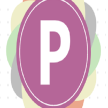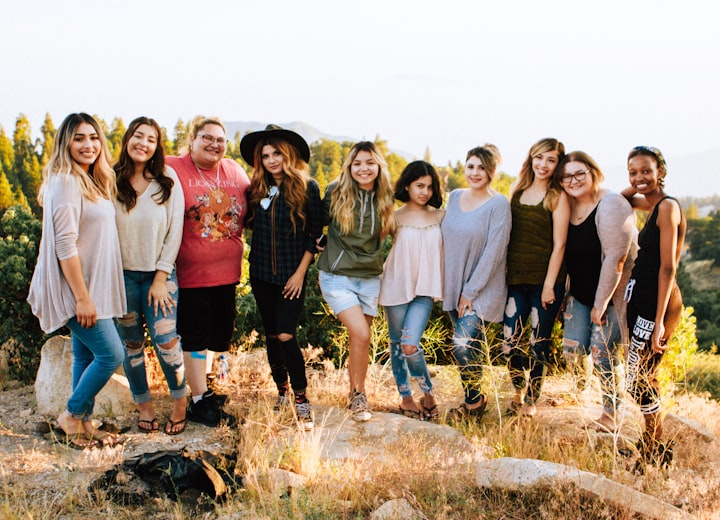Gallbladder Problems and Their Symptoms
Gallbladder

What is Gallbladder pain?
Gallbladder pain is (frequently misspelled “gall bladder”) a comprehensive term used to describe some pain because of disease related to the gallbladder.
The gallbladder, located under the liver, creates bile.
The major gallbladder problems that produce gallbladder pain are biliary colic, cholecystitis, gallstones, pancreatitis, and ascending cholangitis.
Symptoms vary and may be actuated by eating particular foods.
The pain may be described as the intermittent, continuous, stomach, radiating to the back, mild to severe depending on the underlying reason.
A succinct review of the gallbladder anatomy and function might help readers better comprehend gallbladder pain.
The gallbladder is connected to the liver through ducts that supply bile to the gallbladder for storage.
These bile ducts subsequently form the common hepatic duct that joins with the cystic duct from the gallbladder to form the frequent bile duct that empties into the GI tract (duodenum).
Additionally, the bronchial tract usually merges with the frequent bile duct before it enters the duodenum.
Statistics suggest that women may have up to twice the prevalence of gallstones as men.
What are the causes of Gallbladder pain?
There are two important causes of pain that originate in the gallbladder or involve the gallbladder directly.
1- They’re because of irregular or complete blockage of some of the ducts by gallstones,
2- Gallstone sludge and/or inflammation which may accompany infection or irritation of the surrounding cells,
When partial or complete obstruction of canals causes pressure and ischemia (insufficient blood supply due to a blockage of blood vessels in the region ) to develop in the adjacent tissues.
Gallstone formation usually happens in the gall-bladder, but might form in any of the ducts.
There can be partial or complete blockage of the ducts with strain on the surrounding tissues, sometimes enough to cause local ischemia.
Other procedures such as injury can cause gall-bladder pain. Infection of the biliary ducts and the gallbladder, usually occurring after gallstone obstruction also can cause pain.
What’s Biliary colic?
Biliary colic is a phrase used to describe the sort of pain related to the gallbladder.
Gall-bladder pain symptoms often need prompt medical attention.
Gallstones in the gallbladder can obstruct the pancreatic duct and cause pancreatitis (inflammation of the pancreas).
The upper abdominal pain may radiate into the spine, tender abdomen, more pain after ingestion, nausea, and vomiting.
Bile ducts can become blocked, causing pain symptoms due to gallstones
Bile ducts can become blocked, causing pain symptoms due to gallstones
What are additional signs and symptoms of Gallbladder pain?
Gallbladder pain may vary or feel different depending on the reason.
However, there are a few variations in gallbladder pain that assist the doctor to create a diagnosis.
Biliary colic (irregular duct congestion ): Sudden and rapidly increasing pain (pain or pain ) at the ideal upper abdomen or epigastric area.
People may suffer pain radiating to the right shoulder (or back pain at the tip of the scapula) and develop nausea and vomiting.
The pain usually subsides in about 1 to 5 hours although a moderate annoyance may persist for about a day.
Cholecystitis (inflammation of the gallbladder tissue leading to duct blockage): severe steady pain at the upper-right abdomen that may radiate to the ideal shoulder or back.
Abdominal tenderness when touched or pressed, perspiration, nausea, vomiting, fever, chills, and bloating; distress lasts longer than with biliary colic.
Acalculous cholecystitis (no gallstones) has similar symptoms to cholecystitis but occurs as a complication of other problems like injury or burn patients have severe symptoms and look very ill.
Pancreatitis: Gallstones in the gall-bladder can obstruct the pancreatic duct and cause pancreatitis (inflammation of the pancreas) with upper abdominal pain.
It may radiate into the back, tender stomach, more pain after eating, nausea, and vomiting.
Ascending cholangitis (or simply cholangitis or infection of the biliary system) triggers symptoms and signs which include fever, abdominal pain, jaundice.
Sometimes even hypotension (low blood pressure), and confusion; it’s a medical emergency.
Gallbladder pain diagnosis:
The history and physical exam help to set up a presumptive diagnosis.
Ultrasound can detect gallstones, and CT scans may delineate organ structural alterations.
A HIDA scan (uses radioactive material) can measure gall-bladder emptying while an ERCP test uses an endoscope to place a dye in the ducts of the pancreas, gallbladder, and liver.
Magnetic resonance imaging (MRI) can be used to detail the organ structures (liver, gallbladder, and pancreas).
The outcomes of these tests help pinpoint the problem and establish the identification (diagnosis).
What’s the treatment of Gallbladder pain?
If you have no gall-bladder pain (even in case you have gallstones but not had pain), you want no therapy.
Some patients who’ve had one or two gallstone attacks may elect to avoid treatment. An acute gallstone attack pain can be treated with morphine.
Medical treatments include:
Oral bile salt therapy (<50% effective),
Ursodiol (Actigall, for example)
Dissolution, and
Lithotripsy (shock waves).
The definitive treatment is gallbladder removal surgery (and/or the obstructing gallstones).
Presently, the surgical technique of choice is a laparoscopic operation, But some patients may need more extensive surgery.
Though supportive care is tried in women that are pregnant, acute cholecystitis is the 2nd most common surgical emergency in pregnancy (appendicitis is the first).
Home remedies:
Home remedies intended to cleanse the gall-bladder and slow bile production can occasionally alleviate gallbladder pain.
Some health-care professionals recommend decreasing dairy and grains in the diet after gall-bladder removal.
Home remedies contain peppermint, alfalfa, apple cider vinegar, along others; you should check with your health care provider before using these remedies.
Adhering to a low-fat diet may reduce the frequency of biliary colic but has not yet been demonstrated to dissolve gallstones.
Coffee and regular exercise may reduce the incidence of gallstone disease and its associated pain.
Some health-care professionals recommend decreasing grains and milk in the diet after gall-bladder removal; nonetheless, people should discuss such changes with their physician.
Complications:
The complications of gall-bladder pain comprise:
Discomfort with eating.
Poor food intake.
Weight loss.
Electrolyte abnormalities.
Consumption of pain medicines.
Disruption of daily activities.
Other complications of gall-bladder disease include:
Bile duct blockage,
Serious infections (empyema and gangrene of the gallbladder),
Pancreatitis,
Peritonitis, and
Rarely, gallbladder cancer.
Ask your friends and loved ones for support.
If you’re feeling anxious or depressed, consider joining a support group or seeking counseling. Believe in your ability to take control of the pain…
Hope you find this article helpful enough to give motivation. Kindly read our more articles and subscribe to us for staying updated on our all-new articles.
You can also read more health-related articles by subscribing and liking us on Facebook and Instagram. Feel Free to leave comments below for any suggestions or your views on it.
Thanks!!!
Leave a Reply






Comments
There are no comments for this story
Be the first to respond and start the conversation.